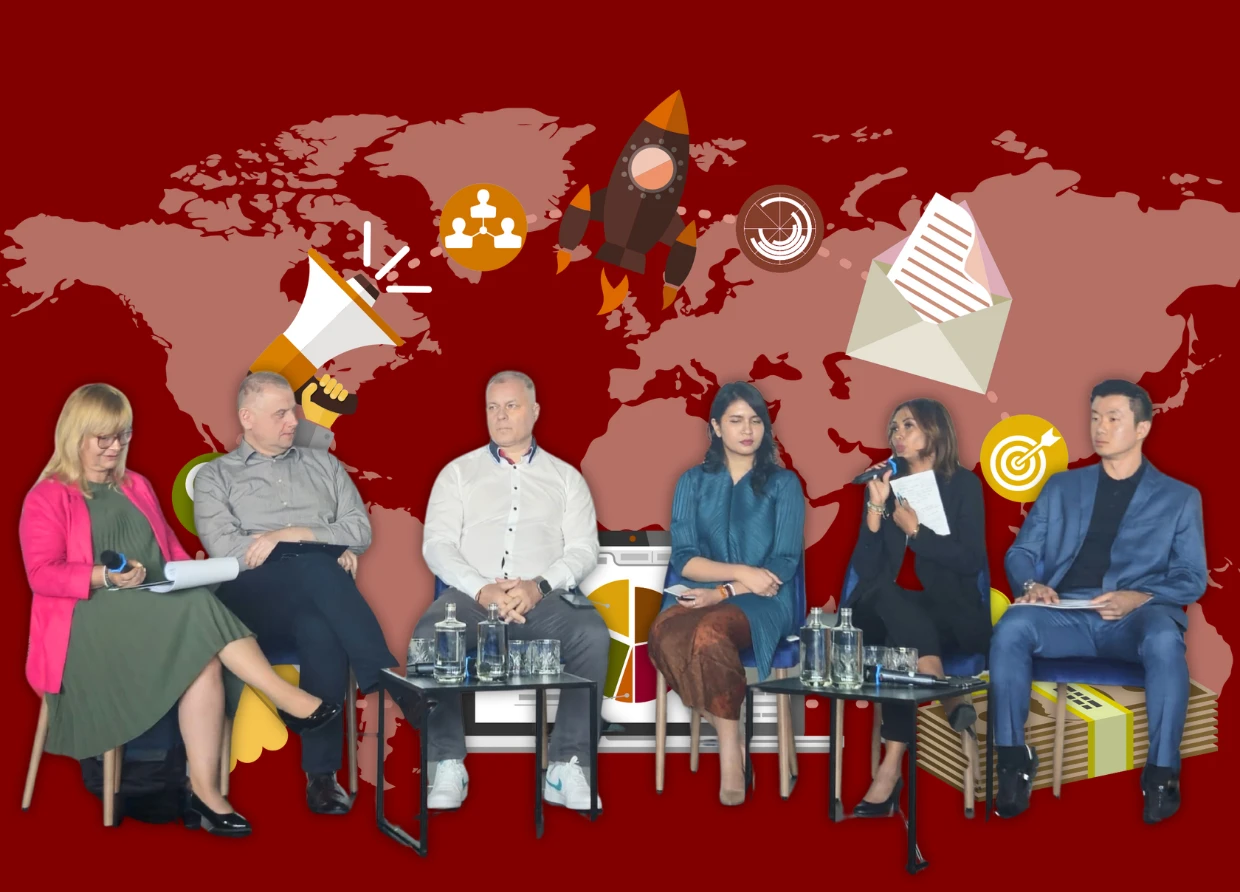TAKING THE OPPORTUNITY TO START A CULTURE OF GRATITUDE IN THE OFFICE THIS VALENTINE'S DAY
Valentine’s Day is often neglected in terms of its meaning within workspaces, but you can start riding the trend by introducing the hyped gratitude practice.

Despite being globally recognized and celebrated beyond the office, Valentine’s Day is often neglected in terms of its meaning within workspaces. It's a shame since the holiday has this genuine spirit about spreading a sense of appreciation and gratitude.
Take the chance to refresh the mood as your coworkers, who used to be enthusiastic and engaged, now seem detached and despondent after a prolonged period of the pandemic. A study from mental healthcare platform, Ginger, found that 69 percent of workers say the pandemic has been the most stressful time of their entire careers.
The practice of gratitude has started to infiltrate workplaces. Researchers define appreciation as the act of acknowledging the goodness in life. Gratitude goes a step further: It recognizes how the positive things in our lives are often due to forces outside of ourselves, particularly the efforts of other people.
Research on gratitude so far links it to more positive emotions, less stress and fewer health complaints, a greater sense that we can achieve our goals, fewer sick days, and higher satisfaction with our jobs and our coworkers.
Here are three simple ways to take advantage of Valentine’s Day to start a positive culture of gratitude.
Start with gratitude rituals among coworkers
Here’s an alarming statistic: Only one in three workers strongly agree that they received recognition for doing good work in the past seven days. Perhaps your team loves the start, stop, continue framework. Change it to start, stop, continue, thank you.
An icebreaker at the start of a meeting can help your team members feel more connected to one another and kickstart a collaborative spirit. But, rather than defaulting to a random question or exercise, try to induce a gratitude ritual.
Ask every member of the team to share what they are grateful for in the following three areas:
- Something they are grateful for at work.
- Someone on the team they are grateful for, and why.
- Something in their life outside of work they are grateful for.
Put newfound perspective on failures
Your team has to learn their fair share of hard lessons. These inevitable stumbles are more than a way to improve – they can be a surprising outlet to practice gratitude.
Dr. Robert Emmons, one of the foremost pioneers in gratitude research, recommends posing the following questions to your team to help you find the silver linings in even the most challenging experiences:
- Can we find ways to be thankful for what happened to us now, even though we were not thankful at the time it happened?
- What ability did the experience draw out of us that surprised us?
- Are there ways we have become a better workplace because of this?
- Has the experience removed an obstacle that previously prevented us from feeling grateful?
Start apologizing with some gratitude to emphasize recognition
Even the seemingly small changes can make a big difference when it comes to gratitude on your team. Try adding a “thank you” to “I’m sorry”. Here are just a few examples:
- Instead of just saying “I’m so sorry for screwing that up,” add “Thanks for catching that.”
- Instead of just saying “I’m sorry I’m late,” add “Thanks for waiting.”

























